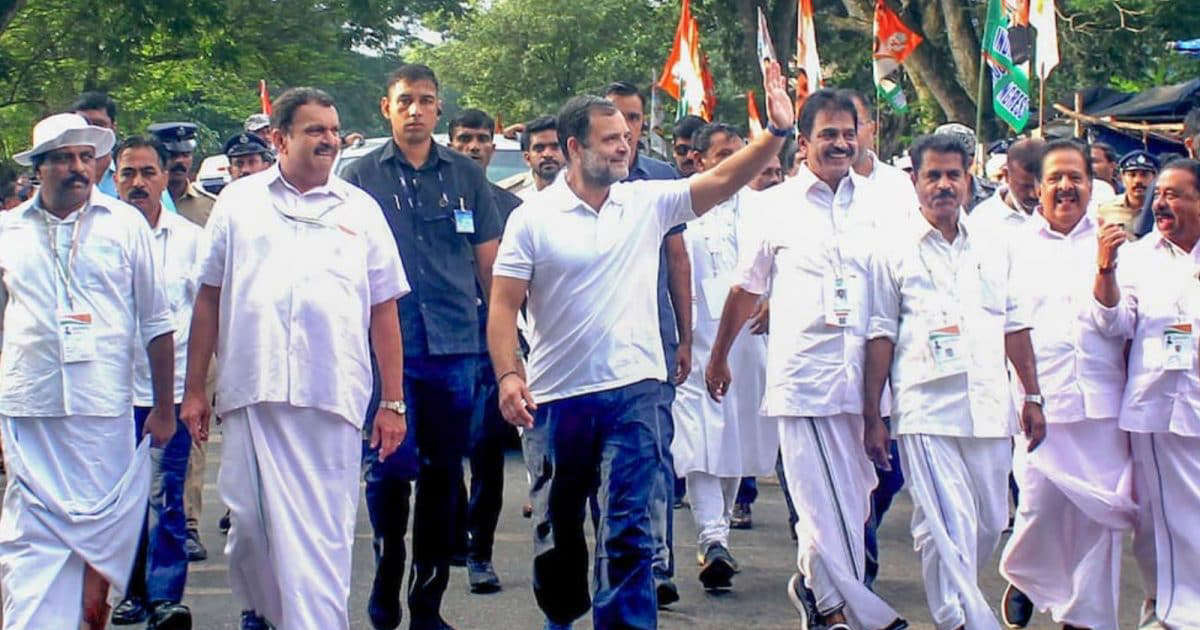© Provided by News18
Block Congress Twitter Account for Unauthorised Use of KGF 2 Music in Bharat Jodo Yatra: Court
A Bangalore court on Monday directed Twitter Inc to temporarily block accounts of Congress party days after the police registered a copyright infringement case against senior party leaders Rahul Gandhi, Supriya Shrinate and Jairam Ramesh for alleged unauthorised usage of the music from the Kannada film ‘KGF-2’ in its ‘Bharat Jodo Yatra’ promotion videos.
The court ruled that prima facie materials established that the plaintiff, MRT music, would suffer losses and will encourage piracy at large. “Plaintiff has specifically produced CD showing the side by side file i.e., original version of his copyrighted work with that of the illegally synchronized version. These prima facie materials available before this court at this stage establishes that if same is encouraged plaintiff who is in the business of acquiring cinematography films, songs, music albums etc., will be put to irreparable injury and further same leads to encouraging the piracy at large,” the Court was quoted as saying according to an official statement by the record label.
The Court restrained Congress twitter handles ‘@INCIndia’ and ‘@BharatJodo’ from using the music till the next date of hearing. It also directed Twitter to take down three links from its platform and further ordered it to block the accounts of Indian National Congress (INC) and Bharat Jodo Yatra.
The court appointed District System Administrator of Computer Section S N Venkateshmurthy as a local commissioner and ordered him to visit the company’s accounts, conduct an electronic audit and preserve the evidence on Twitter, Instagram, Facebook, and Youtube.
Meanwhile, Congress said it was not made aware of the case and was not present at the court proceedings. “We have read on social media about an adverse order from a Bengaluru court against INC & BJY SM handles. We were neither made aware of nor present at court proceedings. No copy of the order has been received. We are pursuing all the legal remedies at our disposal,” the Congress said in a tweet.
We have read on social media about an adverse order from a Bengaluru court against INC & BJY SM handles.
We were neither made aware of nor present at court proceedings. No copy of the order has been received.
We are pursuing all the legal remedies at our disposal.
— Congress (@INCIndia) November 7, 2022
The Bangalore police on Friday registered a case in the Yashwanthpur police station under the provisions of Copyright Act, the Information Technology Act and the Indian Penal Code. It alleged Jairam Ramesh had on his official Twitter handle posted two videos of the yatra, in which popular songs from KGF-2 film were used without permission.
Congress is accused of creating a video by unlawfully downloading, synchronising and broadcasting the songs pertaining to the movie KGF – Chapter 2 in Hindi. The party allegedly used the music “portraying it to be owned by the INC” with a logo of “Bharat Jodo Yatra” and shared the same on their official social media handles. Lawyer Narasimhan Sampath, representing MRT Music alleges the unlawful actions by Congress reflect their “blatant disregard to the rule of law and the rights of private individuals and entities” despite the party’s campaign seeking an “opportunity to govern the county and frame legislations for protecting the rights of the common man and businesses.”
MRT Music has filed the present complaint only to enforce its statutory rights and has no intentions to tarnish the image of any political party, Sampath had said.
Read all the Latest Politics News here
